The post Tips for Doing a Backyard Photo Safari appeared first on Digital Photography School. It was authored by Simon Ringsmuth.

Have you ever thought about taking a trip to the other side of the world to get beautiful shots of exotic locations? You certainly can, and traveling is one of the best things you can do to take your photo skills to the next level. If flying across the world isn’t an option, what about stepping out of your door? A backyard photo safari is just a few meters away instead of a thousand miles, and you can take some beautiful photos without expensive gear too.

While you could just drop what you are doing and head outside right now, it helps to do a bit of planning first. If you keep a few tips and techniques in mind, it will save you some frustration and give you a few ways to approach your very own backyard photo safari that will help produce the best possible results.
Timing is everything
Familiar places can take on dramatically different appearances depending on the time of day. It’s not just about the quality of light but the type of things you are likely to find – especially in your backyard. In the morning, plants are covered in dew, and bugs and insects are seizing the day. You might also find familiar sights shrouded in fog. Revisit the same patch of earth in the evening, and the scene will be dramatically different.

You already know your own backyard well, but have you ever gone out in the early hours of the morning, or as the sun was setting, or even late at night? It’s not the same place at all. You will quickly notice things that you just don’t see during the day. Familiar objects take on a whole new appearance when photographed in the early morning or late at night.
You can even take great shots after the sun goes down by using a long shutter speed.

It’s not just time of day that matters, but the time of year as well. Revisiting familiar places, even your own backyard, throughout the year can reveal amazing photo opportunities that were hiding right before your very eyes.
Act fast though! When you see an interesting picture idea, take the shot. Waiting even one day can change everything and suddenly your beautiful photo is nothing more than dust in the wind.

Spring, summer, winter, fall – everything changes throughout the year, and this has a profound effect on the photos you can take in your yard.
Rich greens in spring, deep colors in summer, browns and yellow in the fall, and shades of gray in the winter.
Even if you think you’ve seen it all, try revisiting familiar spots in your own yard at different times of the year. The result may surprise you and give you some interesting photo ideas.

Look at the light
No matter the time of day or season of the year, it’s essential to look for where the light is coming from.
Then think about how you can use the light to make a more interesting or compelling composition.
Most objects look great with standard front-lighting – that is, with the main source of light positioned behind you, the photographer. You might need to scoot around or shift your position to make this happen, but your photos will be better off for your efforts.

Backlighting is a fun technique to use also, especially on a backyard photo safari where you get fun and interesting colors. This involves placing the main source of light behind your subject, which can create really fun effects and make ordinary objects take on a whole new appearance.
It’s loads of fun if you have flowers. Even ordinary, run-of-the-mill flora that you probably have in your own yard.

It’s not all about sunlight either. There are other sources of light that you can keep in mind when looking for photo opportunities right where you live.
Streetlights can cast an eerie, moody glow over everyday streets and sidewalks. Passing cars can make really fun motion trails. You can even create amazing artwork right in your yard with nothing more than a tripod and a flashlight – all it takes is a little creativity!

Adjust your angle of view
Most of the time, we see the world around us, especially our own domicile, from the same point of view. Our eye-level remains roughly the same throughout the day, altering between three to five feet off the ground, depending on whether we are standing or sitting. To really find some interesting photo opportunities, particularly in your backyard, try getting low to the ground. Really low. A whole new world awaits you if you have eyes to see it.

Lots of interesting things start to show up when you change the angle from which you see the world around you. Even familiar settings can be transformed with a simple change in perspective. While you could get some really good shots by getting up high and shooting with a ladder, I find that it’s a lot more fun to literally crawl around on my hands and knees when looking for photos in my backyard.

It might not be the most glamorous or flattering photographic pursuit, but photography can be a messy hobby. And if you’re more worried about how you look when taking pictures instead of the pictures you are taking, it might be time to reevaluate your priorities!

Look for wildlife
I live in a small town in middle America. The most exotic animal I’m likely to see on any given day is what we call a Texas Speed Bump. (Think of what happens when an armadillo crossing the road meets a pickup truck.) It might seem like any attempt to take wildlife photos on a backyard photo safari would be an exercise in futility. However, while you might not have lions, giraffes, or gazelles out your front door, you probably have more interesting animals than you realize. You just have to look for them.

Bugs, insects, worms, and other multi-legged creatures might give you the willies, but they can be fascinating photography subjects. The same goes for bees, butterflies, or anything with wings.
If you look closely and have a bit of patience, you can find all sorts of wildlife right where you live.

I’m no entomologist or zoologist, and when I’m out in my backyard looking for photo opportunities, I don’t even know what most of the animals are that I’m photographing. If it’s interesting to look at, and if the lighting is good, then I’ll take a picture. Sure I get a little grossed out from time to time, but I get some really cool images too.

You don’t just have to think small when taking pictures of animals on a backyard photo safari. Rabbits, squirrels, snakes, and birds – you probably have lots of animals come through your property that would be fun to photograph. The trick is to keep your eyes open, and it helps to have the tiniest sense of adventure too.
You don’t have to just look for small things either. Always keep your camera ready in case something larger comes your way! It might not be especially exciting, but it’s fun to get shots of everyday wildlife like rabbits, squirrels, birds, or other critters that call your backyard home.

Every now and then, you might see something a bit more exotic too. When those moments strike, it can be supremely rewarding to attempt a shot. Even if you don’t get the photo, you will at least have a fun story to tell.

Get a set of close-up filters
One of the best things you can do if you’re looking for a way to get great shots of the world around you is to buy a set of close-up filters. When you think of going on a wildlife safari, you might imagine huge camera rigs and giant telephoto lenses. Close-up filters are the opposite: they let you get very close.
Close-up filters are extremely inexpensive and screw on to the front of your camera lens. They take a bit of patience to learn, so make sure to plan some time to get acquainted with how to get the best results in order to avoid frustration when the moment strikes. Once you get the hang of it, close-up filters make even the most ordinary backyard subjects appear majestic and even otherworldy. In other words, they’re perfect for a backyard photo safari.

Flowers, mushrooms, berries, leaves, sticks, even blades of grass take on a whole new appearance when shot up close.
These stationary objects work really well for macro shots because they allow you to try different focal lengths and experiment with manual focus.
When you’re ready for something a bit more challenging, you can combine close-up filters with bugs and insects. This involves a lot more skill, practice, and patience (as well as mastering the back-button focus technique, which I recommend for best results) but you will never look at your own yard the same way again.

If you can find a bug that is relatively slow-moving, you can combine all the techniques in this article to get some really amazing shots. For this final image, I went out in the evening, looked at the angle of the sun, adjusted my own point of view accordingly, and used a close-up filter. I’m not even sure what kind of bug or insect this is, but I really like the photo.

Conclusion
This list is really just scratching the surface of what’s possible when you go on a backyard photo safari. You don’t need a lot of expensive equipment, and you don’t need to hire a tour guide. These few simple tips will be enough to get you started, and then it’s up to you. How far will your creativity and sense of exploration take you when you’re right in your own yard? It could be a lot farther than you think.
Share your tips, tricks, and backyard safari photos in the comments below!
The post Tips for Doing a Backyard Photo Safari appeared first on Digital Photography School. It was authored by Simon Ringsmuth.








 for a while. As well as being a great support, the quick release straps secure the bags in place, so you never lose them in the bush.
for a while. As well as being a great support, the quick release straps secure the bags in place, so you never lose them in the bush.


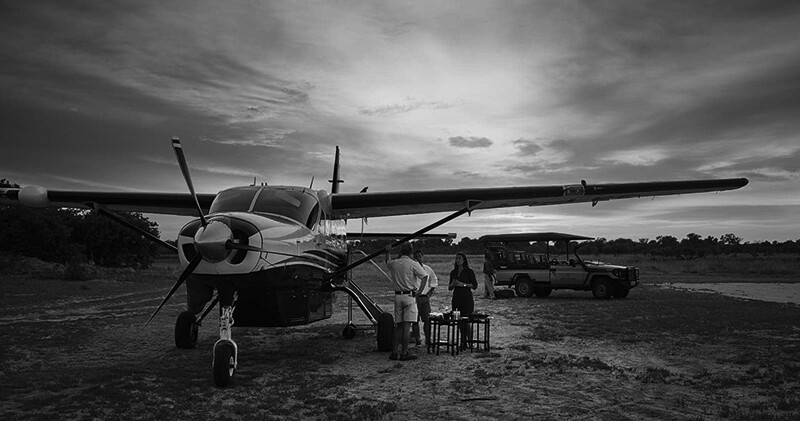
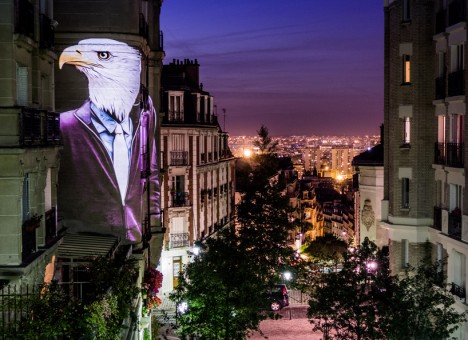
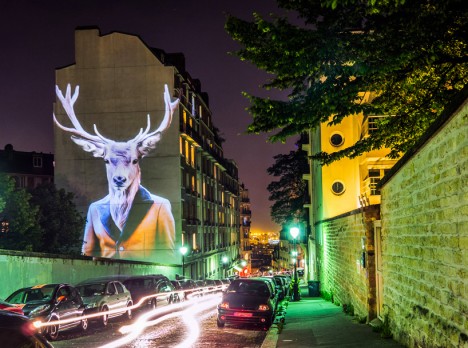
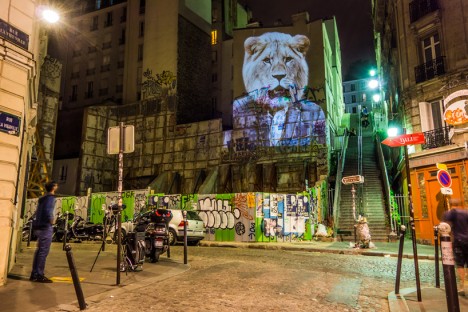
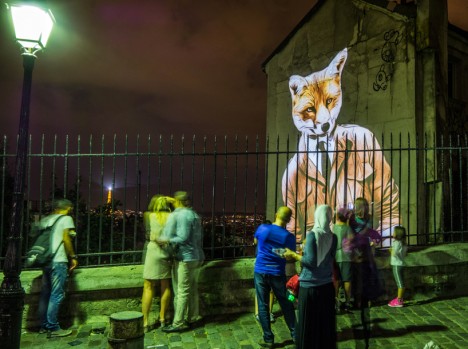
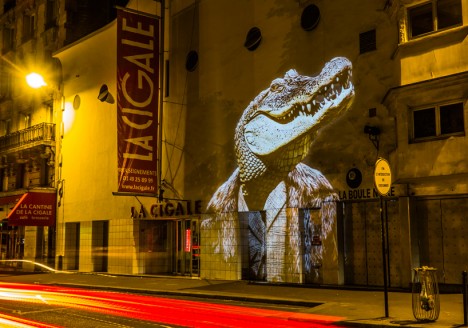


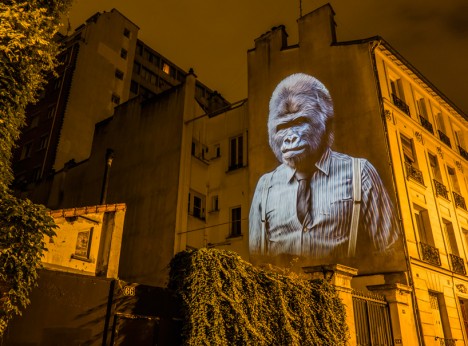
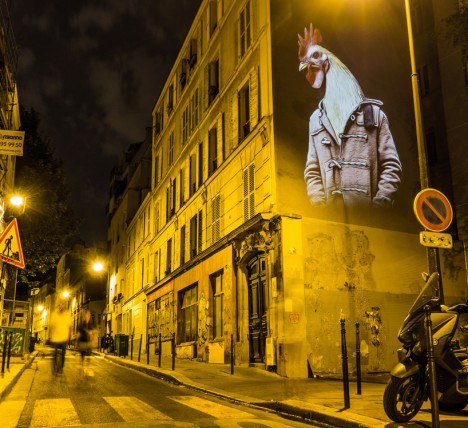
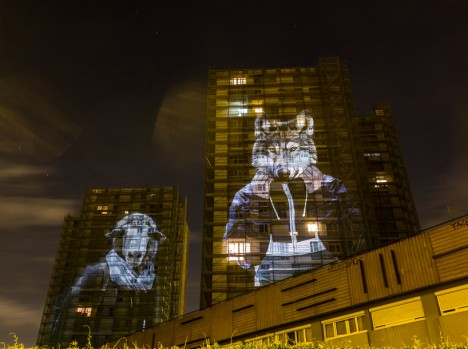
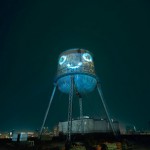
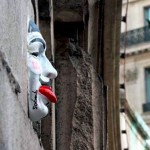
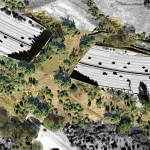




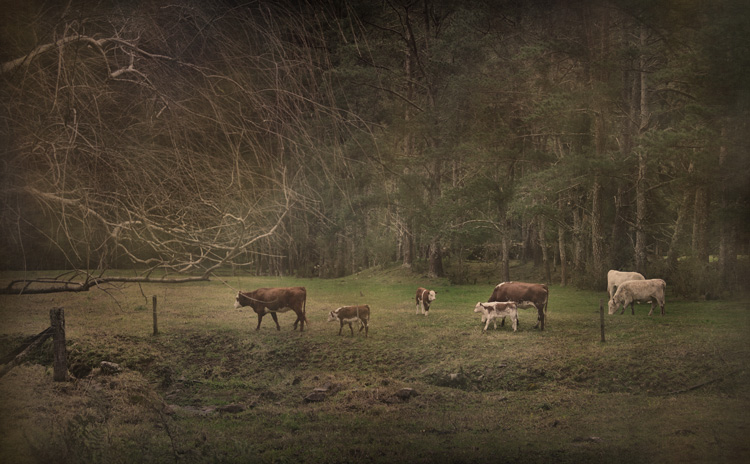

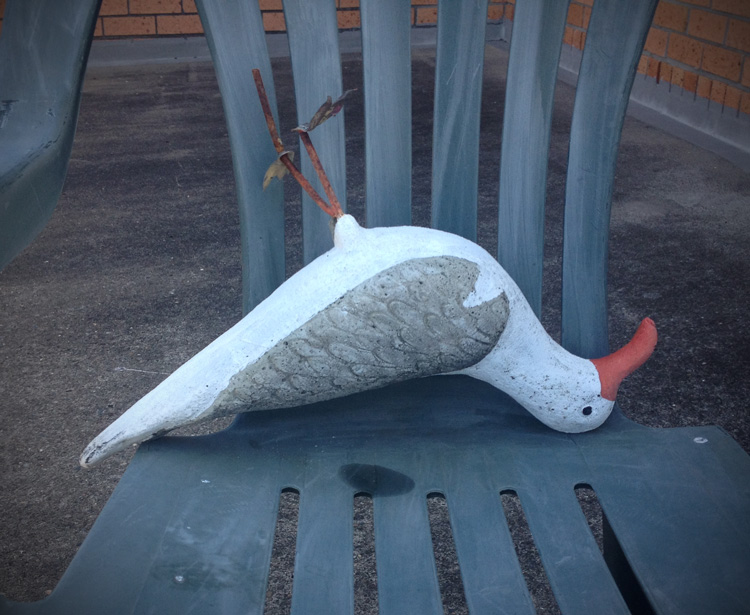
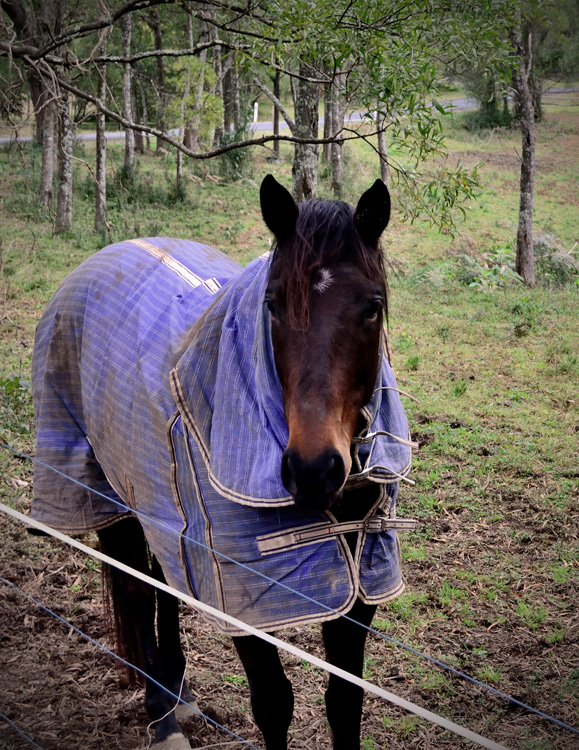

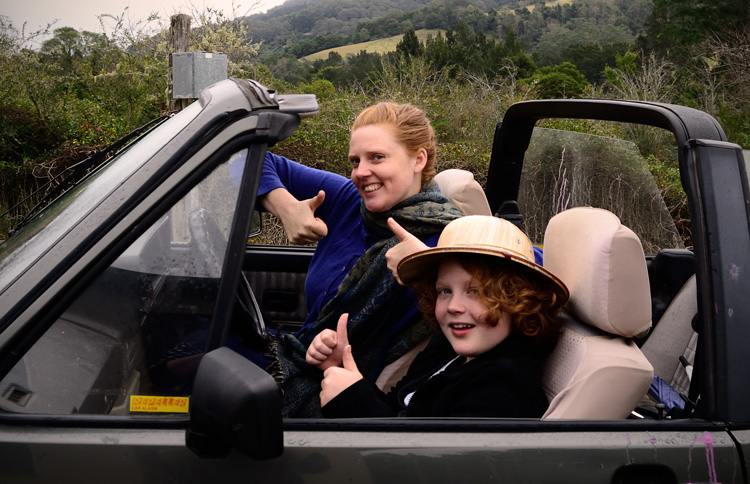
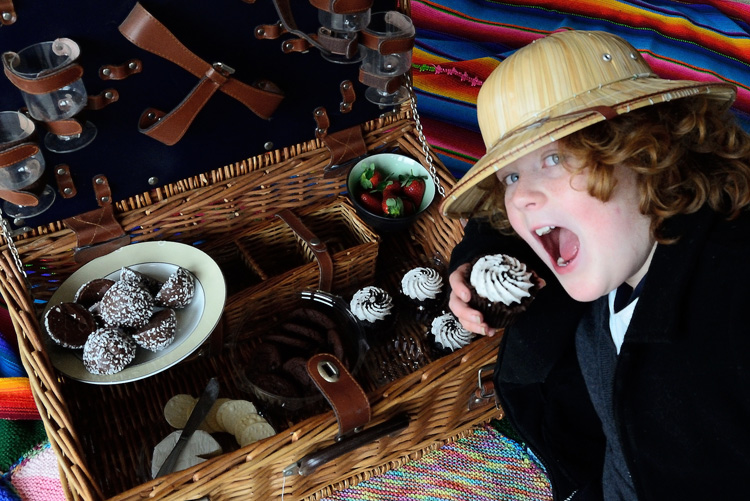
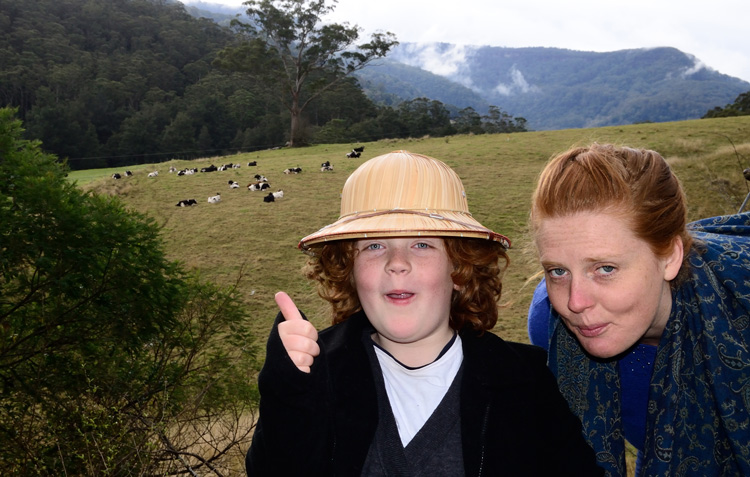
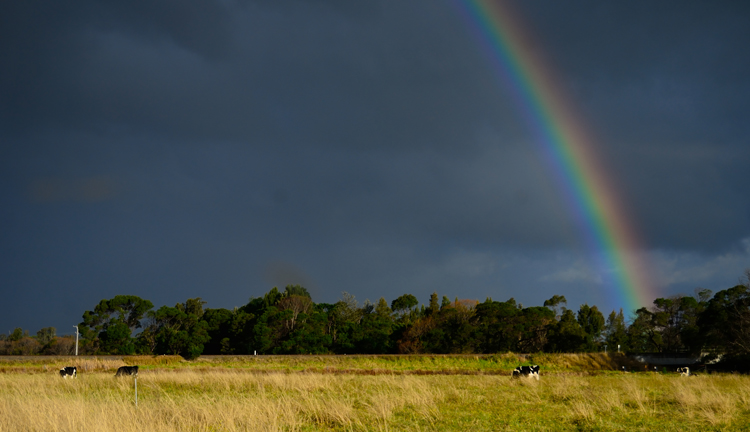


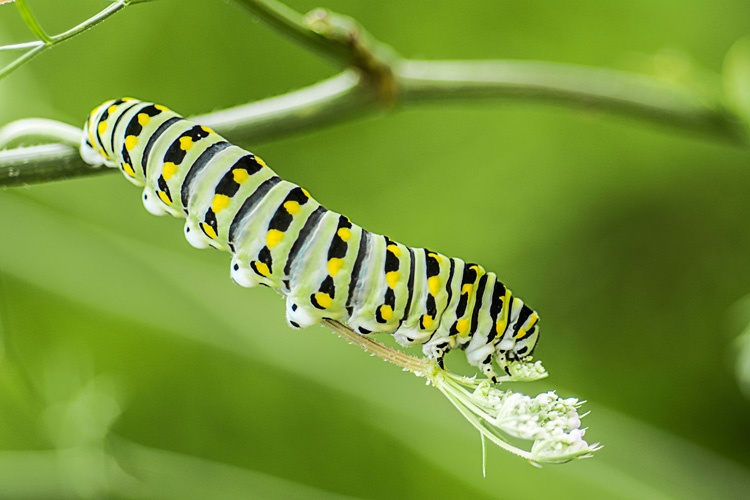
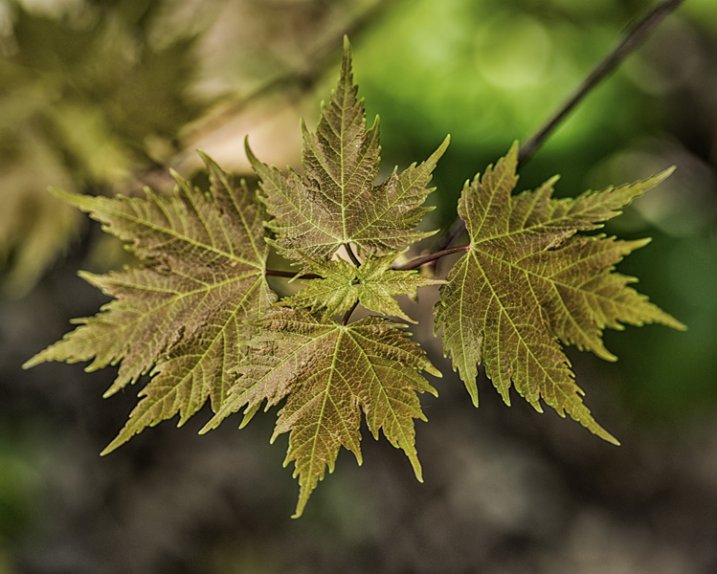
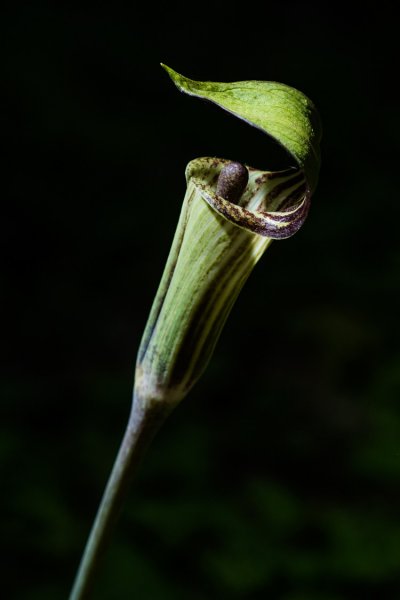
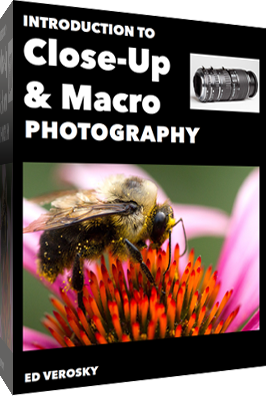 Want to learn more about macro photography? Check out Ed Versosky’s
Want to learn more about macro photography? Check out Ed Versosky’s 


You must be logged in to post a comment.